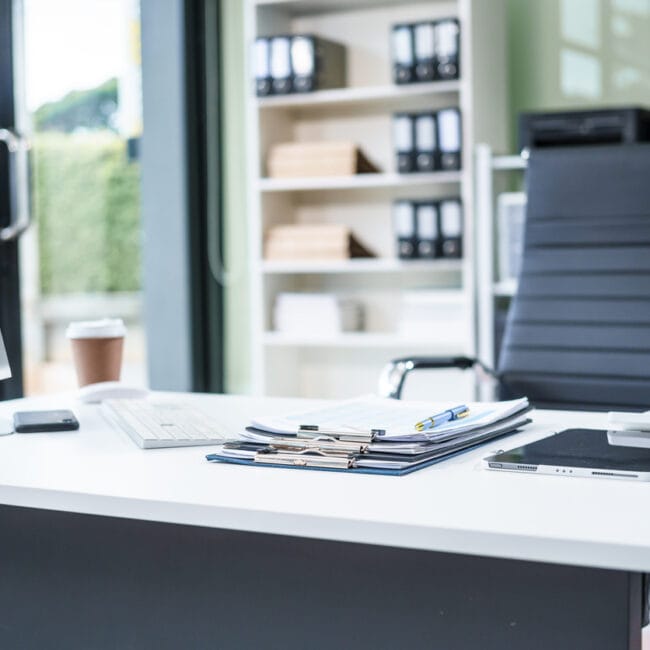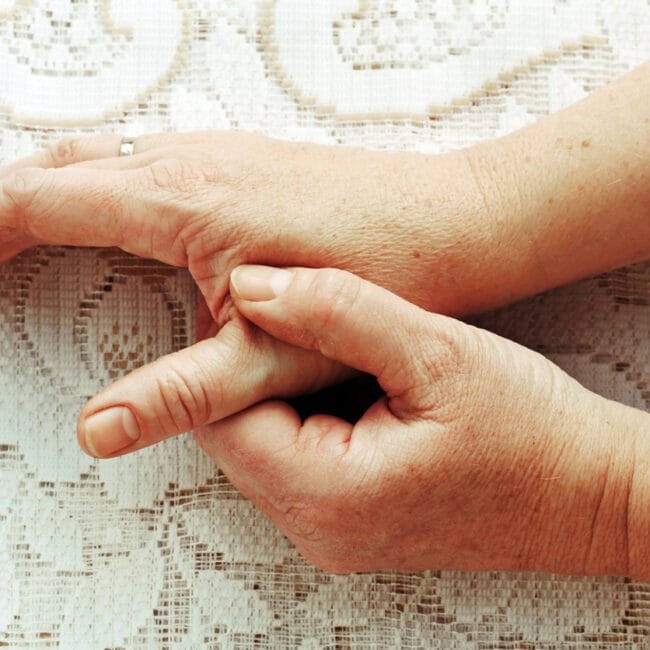Suffering from cold feet is almost inevitable during the winter months, especially when the weather is cold and damp. Your feet may be pale and cold to touch.
In this blog, the medical and common causes of cold feet will be discussed and advice on some home treatments.
Some medical conditions that may cause your feet to be cold:
Diabetes Mellitus
Peripheral vascular disease
Hypothyroidsim
Anaemia
High cholesterol
Smoking
Sedentary lifestyle
Certain medications
Low BMI
Move Your Legs
If you have an office job or are sitting for long periods of time, this can reduce the movement of blood flow to your feet.
Moving your legs by taking a short walk every hour, helps to promote your blood to circulate in your feet.
Socks
If your feet tend to sweat a lot they can become damp. It is important to change your socks once or even twice a day to keep your feet dry as possible. Socks made of cotton or wool are the most absorbable materials.
Warm thick woolen socks promote insulation for your feet. Two pairs of thin socks are more insulating than one pair of thick socks. Make sure that the elastic is not too tight, which may impede the circulation to your feet.
Footwear
It’s important that your footwear is warm, correctly fitting and waterproof. Feet that become damp get colder and can also provide an environment for fungal and bacterial infections to occur. Footwear should be dried thoroughly before being worn.
Shoes that are too tight or too big can also compromise the insulation of your feet and can reduce the comfort of your shoes. Shoes that are ill fitting shoes can cause friction and compression on the skin of your feet leading to pain and may eventually break the skin by causing blisters or sores.
Stop Smoking
Smoking causes the blood vessels in your feet to constrict which prevents blood flowing to your feet. Consult your GP to discuss options for giving up smoking.
De-Stress
High levels of stress and anxiety cause the body to produce adrenaline which also causes blood vessels to constrict as a body’s response to conserve energy for a fight or flight action.
Nutrition
Eat a warm meal at least every day to provide energy for your body to generate heat. If you’d like to speak to a member of our nutrition team, you can do so here.
Moisturise
Ensure the integrity of skin on your feet remains intact by using a urea-based moisturiser, but avoid between the toes to avoid skin break down.
Warming Your Feet
To warm your feet quickly, soak them in warm water for 10 mins and remember to dry your feet thoroughly afterwards.
Avoid putting direct heat near your feet, like a hot water bottle or radiator – which may burn the skin or lead to chilblains.
You should see your GP if your feet have the following symptoms:
Red/purple colour and cold to touch
Feeling of numbness or pins and needles
Pain
Loss of movement
A break in the skin or a sore that is very slow to healing










